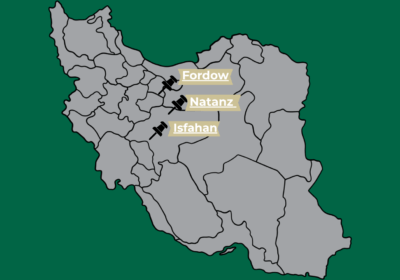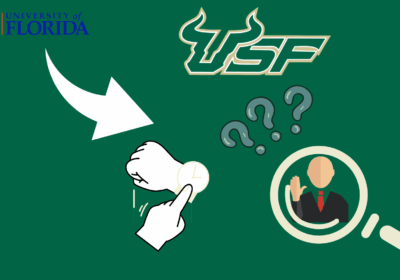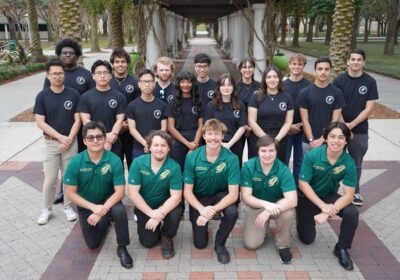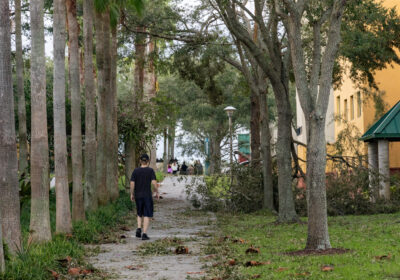Tampa Bay to be added to USFs name
USF affiliates are working on a logo change that would make the University’s name more homey.
University spokesman Michael Hoad said the new logo will read “University of South Florida Tampa Bay.”
The National Reputation Task Force, a group of USF affiliates who brainstorm branding methods, will impose an initiative for the University’s logo to gain national recognition. The rebranding will begin in January.
Hoad said the task force is focusing on branding and design more than a formal name change for the University.
“Nobody really wants to completely change the name, but it becomes clear we have to identify where we are in some way,” he said. “(‘Tampa Bay’) doesn’t change the name, it’s just attached to the name.”
He said all the sports team names in the region, such as baseball, hockey and football, are associated with Tampa Bay, and recently the St. Petersburg Times announced its change in name to the Tampa Bay Times beginning in January.
“It’s just a way of getting past the confusion that people have when they read ‘South Florida,'” Hoad said.
When the University was founded in 1956, he said, there were not many schools or places south of Tampa.
“Ever since the University was founded, people have been debating (that) the words ‘South Florida’ don’t accurately describe where we are,” he said.
The task force will first focus on national advertising and eventually will add the title on the University’s official website.
Hoad said ‘Tampa Bay’ will not change everything at the University, including letterhead and apparel at the bookstore, since the addition is not a formal mandate.
“It’s not like we are going to the Board of Trustees and asking for a new name,” he said. “The reason we can’t formally change the name is there’s been billions of dollars in construction on this campus for the last 10 years. The name’s the way it is.”
Student body president Matt Diaz, a senior majoring in political science and philosophy and member of the task force, said the name of the University gives people the wrong impression.
“You think of the University of South Florida and you think Miami, obviously, south Florida,” he said.
For branding purposes, Diaz said the addition to the logo would allow people to know exactly where the University is located.
Diaz said his only worry is its impact on the “entire USF family.”
“It may be a detriment because the USF brand that students and alumni for the past 50 years will have lost (is) the brand that connected them to this institution in the first place,” he said. “I think we are going to be just fine – the University understands the importance of (the brand.)”
Hoad said because it is not a formal change, other USF campuses such as USF St. Petersburg can decide if they want to use the logo, even though they already have another geographic location associated with their names.
Hoad conducted a survey two years ago asking presidents, provosts and admissions officers at several Florida universities if they had national recognition problems.
He said the answer was yes.
“You need a scorecard to figure out who’s who in Florida because all the universities have very difficult names to figure out where they are,” Hoad said.
He said other university’s administrators who provided feedback said, “We can’t tell USF from FSU… we can’t tell FIU from FAU.”
Hoad said the University needs this addition since the geographic confusion is a significant problem.
The task force is working on other ways to achieve national recognition for USF other than attaching “Tampa Bay” to the name.
Another idea is to create the slogan “USF is Tampa Bay.” This would be similar to “Bulls Country,” which would only affect the local community, Hoad said.







